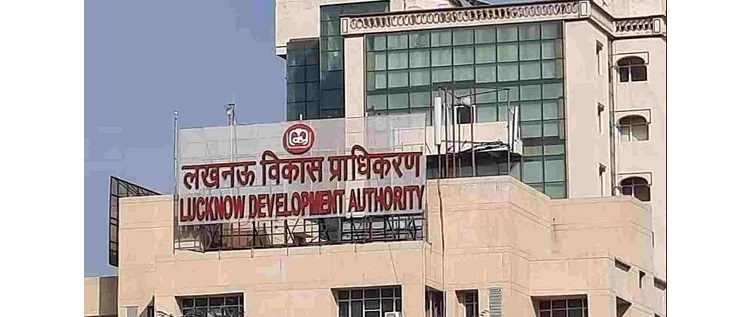E - PAPER
India's First 3D-printed Home offers Affordable Housing Solution
India's first 3D-printed home may provide a solution to the country's shortage of affordable housing, using a technology that is quicker, cheaper and more efficient than traditional construction, housing experts said. The single-storey home, measuring about 56 squa
 BY
Realty Plus
BY
Realty Plus
Published - Friday, 30 Apr, 2021

India's first 3D-printed home may provide a solution to the country's shortage of affordable housing, using a technology that is quicker, cheaper and more efficient than traditional construction, housing experts said.
The single-storey home, measuring about 56 square metres (600 square feet), was built by Tvasta Manufacturing Solutions in Chennai, in collaboration with home-building charity Habitat for Humanity's Terwilliger Center for Innovation in Shelter.
“A home can be built in just five days and be customised, so the technology is suitable for the government's affordable housing programme, as well as for disaster resettlement. Traditional construction is tedious and time-consuming, and people are increasingly getting left out as affordability is limited, or settling for low-quality homes”, said Adithya Jain, Tvasta's co-founder and Chief Executive Officer. Tvasta is part of an incubator for startups from the Ministry of Housing and Urban Affairs that is encouraging the use of innovative technologies to address the shortage of affordable housing.
An affordable home need not be of low quality. With 3D printing we can ensure good quality housing that is affordable and resilient to disasters such as earthquakes and cyclones that people in low-quality homes are more vulnerable to," he said.
Large-scale 3D printing is gaining steam around the world, with some projects producing a home in just 24 hours of printing time for a few thousand dollars. Unlike other uses of 3D printing - such as medical devices - the process, also known as additive manufacturing, typically uses some form of quick-drying concrete laid precisely by a computer-controlled extruder.
About a dozen companies are working on 3D-printed houses worldwide, with the global market for 3D-printed construction projected to grow to more than $1.5 billion by 2024, according to a study from consultancy Research and Markets.
Tvasta's technology, developed in India, not only reduces construction time, but also cuts waste and is about 30% cheaper than traditional construction, said Jain. The homes are also designed to withstand the country's tropical weather conditions.
"So not only does it have a smaller carbon footprint during the construction process, but also over the lifetime of the house. Conventional housing requires time, material, logistics, transporting of material, and so on. But if this technology can produce houses in different locales at five days per house, it would not be a big challenge to meet the goal. India definitely needs such solutions," Jain said.
RELATED STORY VIEW MORE
TOP STORY VIEW MORE

Mixed Outlook for Australia's Housing Sector In 2024
Mixed Outlook for Australia's Housing Sector In 2024
05 December, 2024NEWS LETTER
Subscribe for our news letter
E - PAPER
-

CURRENT MONTH 
LAST MONTH














